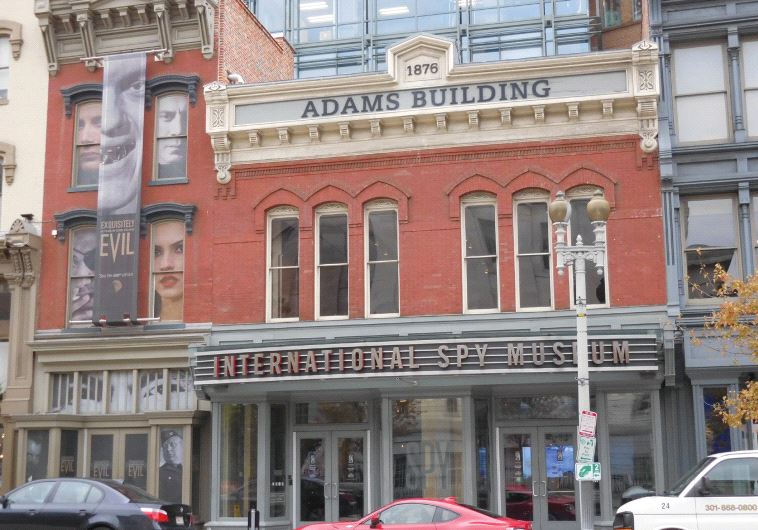Nazi forgeries to take center stage at new Int'l Spy Museum
More than 5000 pieces from Operation Bernhard will be donated to the museum over several years.
 The Spy Museum in Washington is housed in this historic building in Washington(photo credit: GEORGE MEDOVOY)
The Spy Museum in Washington is housed in this historic building in Washington(photo credit: GEORGE MEDOVOY)